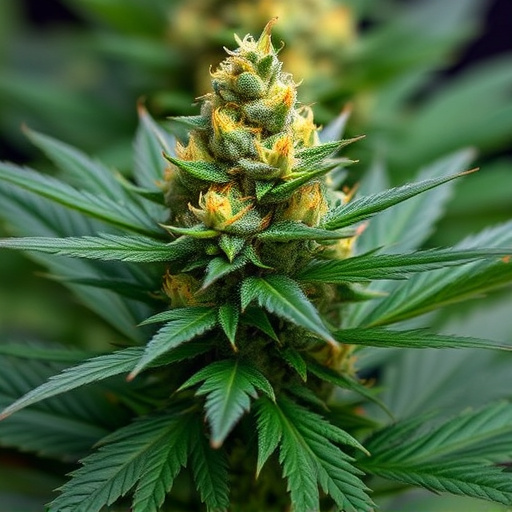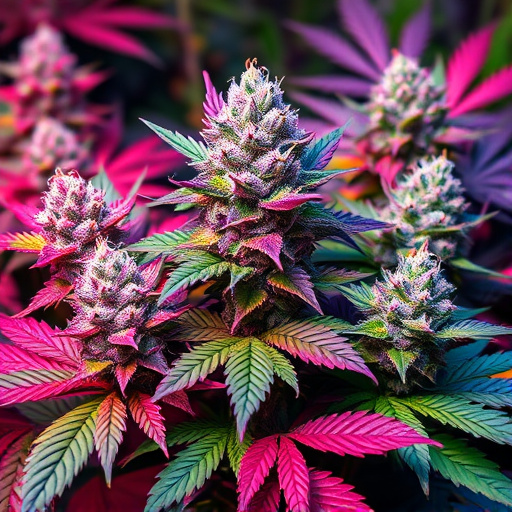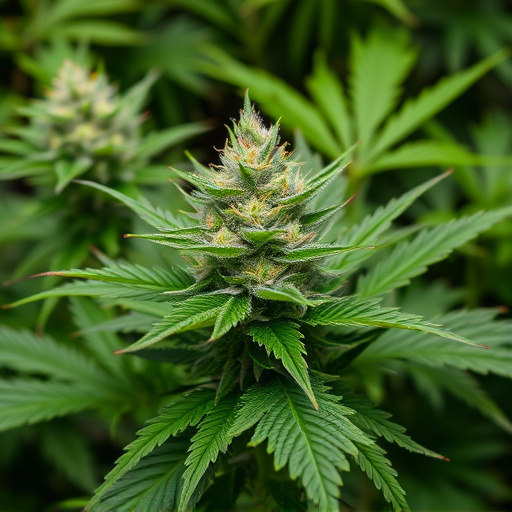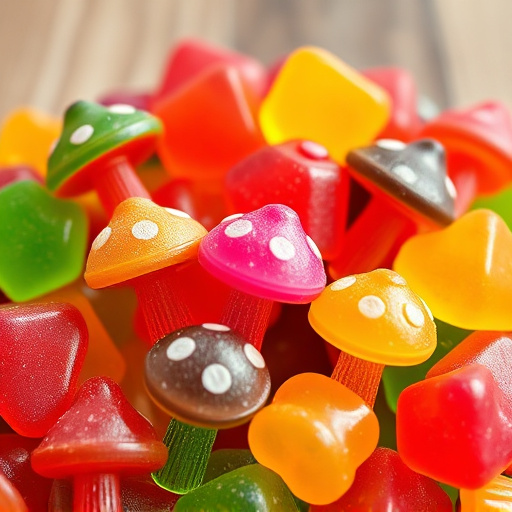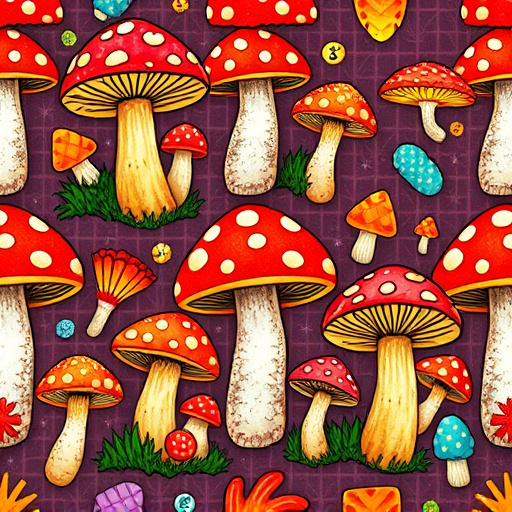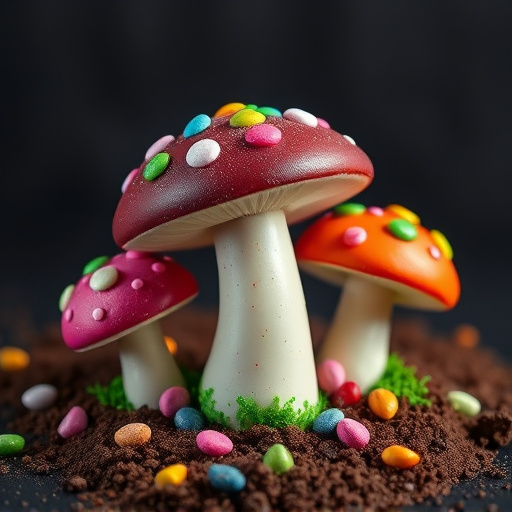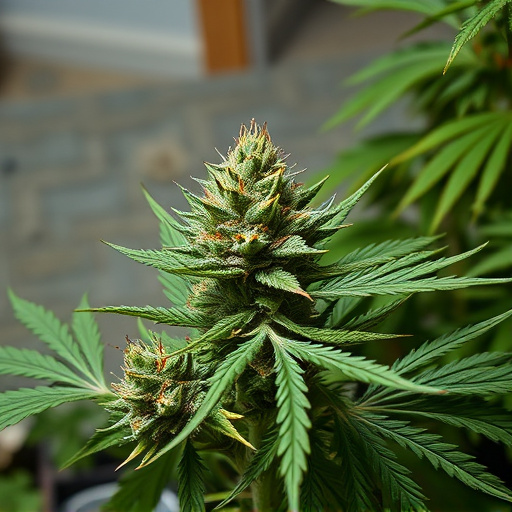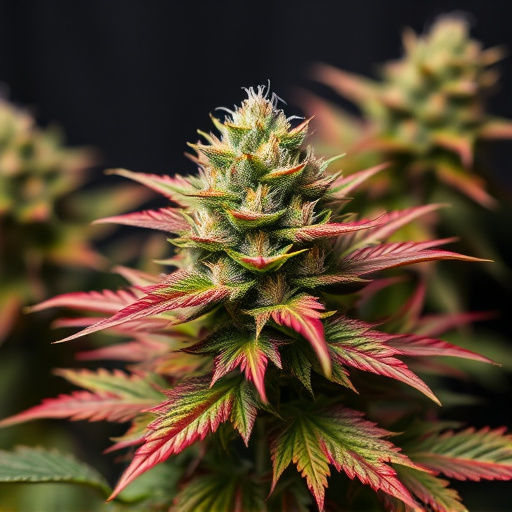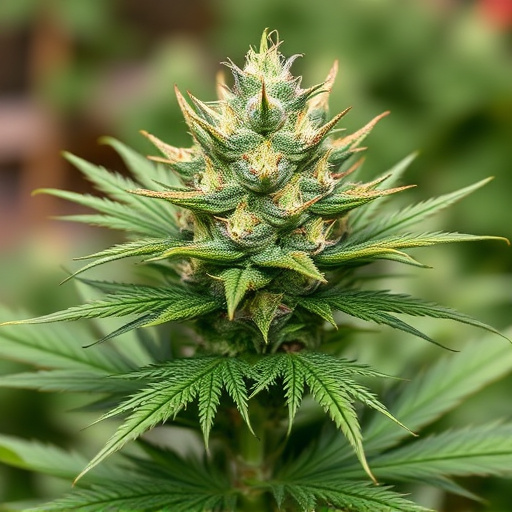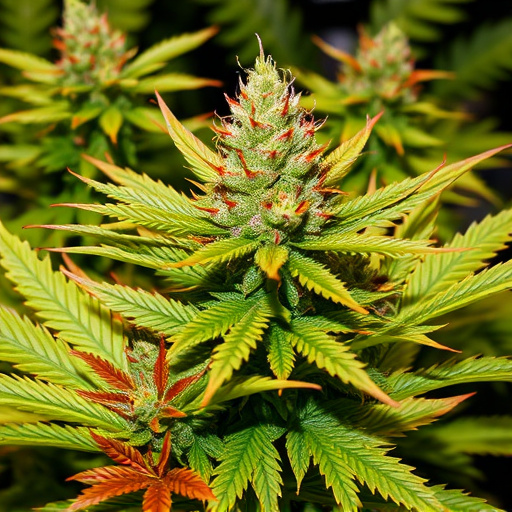Old school cannabis strains represent a nostalgic era characterized by organic evolution and traditional practices, with farmers meticulously breeding them for generations. These strains feature unique visual attributes like vibrant colors and deliver nuanced effects from centuries-old methods. Their historical significance offers enthusiasts a glimpse into pre-modern genetic modifications, driven by specific genetic mutations in anthocyanins and flavonoids that make purple, red, and blue hues desirable. Environmental factors such as sunlight exposure, temperature, soil composition, and stressors influence these striking colors.
Uncover the enigmatic colors of cannabis with our comprehensive guide. From historic origins to modern cultivation techniques, exploring “old school cannabis strains” reveals unique genetic traits responsible for vibrant hues like purple, red, and blue. Delve into the science behind these rarities as we unravel the secrets of nature’s palette. Discover how environmental factors play a pivotal role in shaping these distinctive colors, offering a captivating journey through the world of weed varieties.
- Unraveling Old School Cannabis Strains: A Historical Perspective
- The Genetics Behind the Color: Understanding Purple, Red, and Blue
- Environmental Factors: How They Influence Weed Colors
Unraveling Old School Cannabis Strains: A Historical Perspective
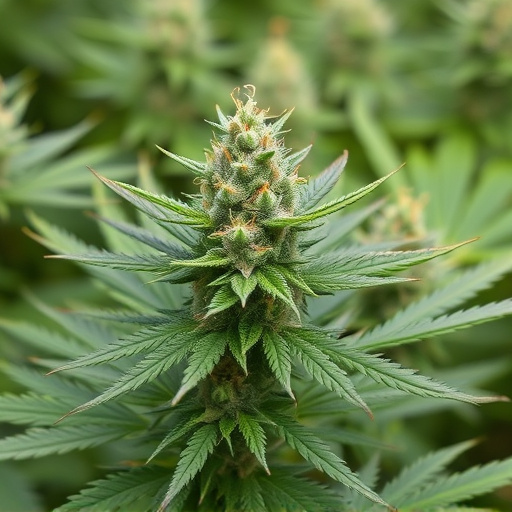
Cannabis enthusiasts often romanticize the concept of “old school” strains, harking back to a time before modern genetic modifications and selective breeding. These old school cannabis strains have been carefully cultivated over decades, sometimes even centuries, by farmers who passed down their knowledge from generation to generation. This historical perspective offers a unique glimpse into the diverse world of cannabis, where colors and effects were once more organic and less predictable.
In past eras, cannabis cultivation was largely driven by local climates and traditional uses. Farmers would selectively breed plants based on their desired characteristics, such as high THC levels for medicinal purposes or specific flavors and aromas that appealed to local tastes. As a result, old school strains often exhibit distinct visual traits, from deep purples and vibrant reds to rich blues and unique color patterns. These strains have also been known to produce more subtle, complex effects, reflecting the nuanced understanding of cannabis that has evolved over time.
The Genetics Behind the Color: Understanding Purple, Red, and Blue
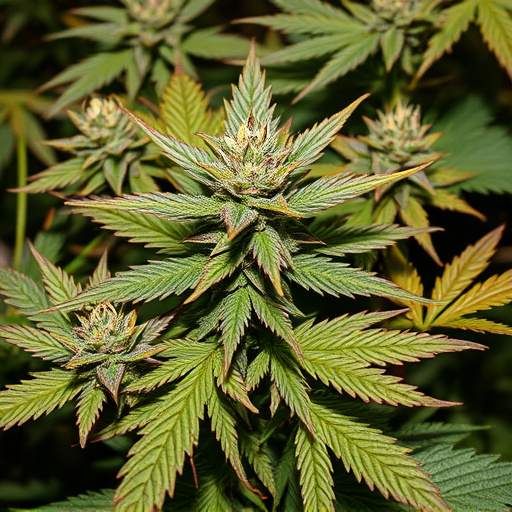
The genetics behind the vibrant colors in cannabis plants, particularly purple, red, and blue hues, is a fascinating aspect for both scientists and enthusiasts alike. These unique shades are not merely cosmetic; they result from specific genetic mutations that alter the plant’s pigmentation. In old school cannabis strains, these color variations have often been cultivated and prized for their distinct appearances.
The colors are largely determined by two key compounds: anthocyanins and flavonoids. Anthocyanins, responsible for red, purple, and blue hues in various plants, can be influenced by environmental factors like light exposure. Flavonoids, on the other hand, contribute to a plant’s overall health and defense mechanisms, often appearing as yellow or green pigments. Certain genetic variations can lead to the production of anthocyanins even in low-light conditions, resulting in striking purple or red shades—a trait highly sought after by cultivators and a defining characteristic of many old school cannabis strains.
Environmental Factors: How They Influence Weed Colors
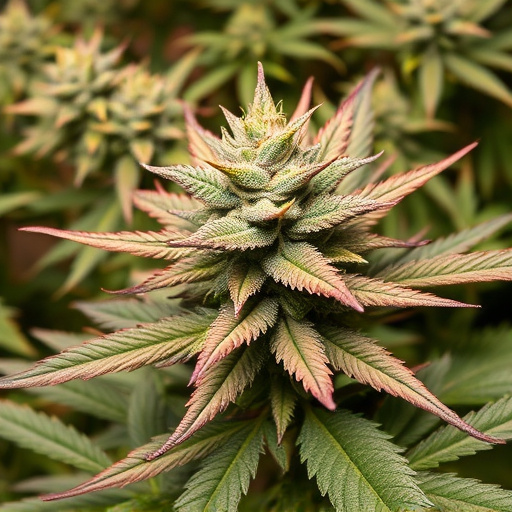
Environmental factors play a significant role in determining the vibrant colors of weeds, including the iconic purple, red, and blue hues often associated with old school cannabis strains. Sunlight exposure is a primary influencer; different wavelengths of light can trigger specific pigments in plants, leading to varied colors. For instance, cool temperatures and ample sunlight can promote the production of anthocyanins, responsible for red and purple shades. Conversely, warmer conditions might encourage the development of other pigments like carotenoids, contributing to yellow or orange tints.
Soil composition also significantly impacts weed colors. Nutrient-rich soils with higher pH levels can affect pigment expression, enhancing red and blue hues. Additionally, certain environmental stressors like drought or nutrient deficiencies can trigger plants to produce chemicals that alter their coloration, making them more vibrant as a form of defense or adaptation. These natural processes contribute to the diverse and striking appearances often observed in old school cannabis strains.
In exploring the origins of purple, red, and blue weed through both historical and genetic lenses, we’ve uncovered the intricate interplay between nature and cultivation. Old school cannabis strains hold a special place in this narrative, offering a glimpse into the early days of cannabis culture. While environmental factors play a significant role in determining final colors, understanding the genetics behind these hues reveals a fascinating world where selective breeding has led to the diverse palette we see today. This knowledge not only enriches our appreciation for cannabis but also underscores the importance of both historical context and scientific insight in navigating its ever-evolving landscape.
